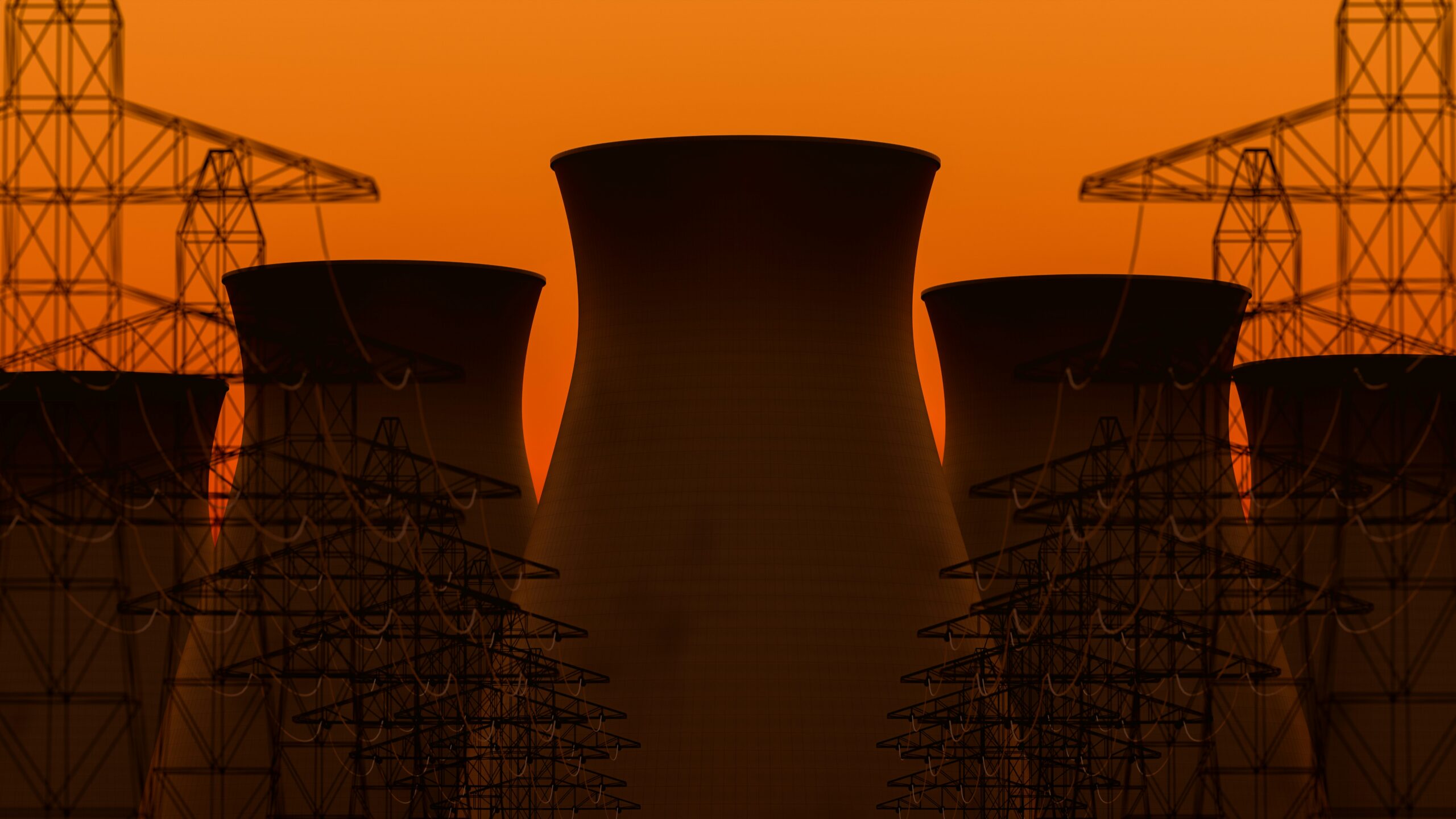
The threat of nuclear weapons looms large over the twenty-first century. As states refine arsenals and modernize delivery systems, the human cost of miscalculation or accident grows ever more urgent. Bridging the divide between technical policy debates and the reality of human suffering is not optional—it is imperative. When policymakers embrace the humanitarian dimensions of nuclear strategy, they pave the way for more durable peace.
The Humanitarian Stakes
Nuclear detonations produce immediate and catastrophic effects: blast, heat, and radiation can obliterate entire cities in seconds. Survivors face burns, acute radiation sickness, and lifelong cancer risks. Infrastructure collapses, healthcare systems collapse, and social order unravels. Beyond these horrors, psychological trauma and displacement ripple outward, destabilizing regions for generations. Recognizing these human costs forces decision-makers to ask: Can any strategic advantage justify such devastation?
From Technical Debate to Human Impact
Nuclear policy discussions often revolve around deterrence theory, warhead counts, or missile range. While these details matter, they risk obscuring the human dimension. Experts may debate second-strike capability without fully grappling with what even a “limited” exchange means for civilians. Integrating humanitarian perspectives requires convening survivors, medical professionals, and aid organizations alongside defense analysts. Firsthand accounts and data from past nuclear events—Hiroshima, Nagasaki, and Chornobyl—highlight the ethical imperative to prevent a recurrence.
Building Bridges Through International Cooperation
Humanitarian concerns provide common ground for states with diverging security interests. Initiatives like the International Campaign to Abolish Nuclear Weapons (ICAN) and the Treaty on the Prohibition of Nuclear Weapons have accelerated dialogue by centering human welfare. Even nuclear-armed states have engaged in conferences focused on nuclear risk reduction, often under the auspices of the United Nations. By framing disarmament within a humanitarian context, countries can foster trust and transparency, reducing the chances of accidental launch or escalation.
The Role of Civil Society and Science
Non-governmental organizations, academic institutions, and scientific bodies play a critical role in translating complex technical data into human terms. Researchers model the climatic effects of nuclear winter, demonstrating how a regional conflict could disrupt agriculture worldwide. Medical teams train for radiation triage and disaster response, preparing for scenarios that many governments have yet to consider. When civil society voices join policy tables, they ensure that strategies account for the rescue, treatment, and long-term recovery of affected populations.
Policy Recommendations for a Safer Future
- Mandate Humanitarian Impact Assessments Before adopting new nuclear doctrines or upgrading arsenals, governments should publish independent studies on civilian consequences.
- Expand Transparency Measures Regularly share safety protocols, command-and-control procedures, and warning systems to build confidence among nuclear and non-nuclear states alike.
- Strengthen Emergency Preparedness. Invest in public education, medical stockpiles, and international rapid-response teams to mitigate harm if deterrence fails.
- Support Disarmament Diplomacy Prioritize negotiations that include humanitarian guarantees, such as verified dismantlement and assistance for affected communities.
A Collective Moral Obligation
Nuclear weapons may never be used, but their mere existence poses persistent risks. By elevating the humanitarian imperative in debates on nuclear policy, the global community reaffirms a commitment to protect human life above abstract notions of prestige or power. Bridging this gap transforms nuclear strategy from a remote technical exercise into an urgent moral mission—one that demands our fullest attention and collective action.